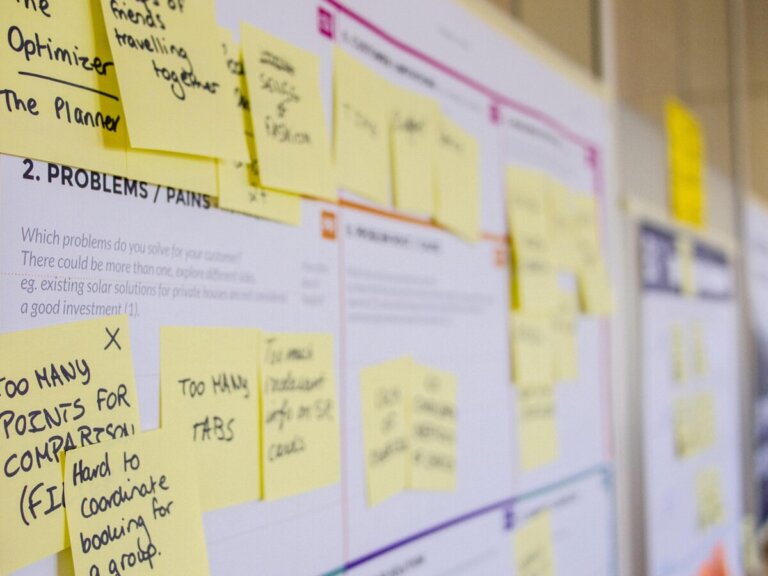
Author: Simone Kohl
· 2 mins read · 1,931 views
Understanding Agile Estimation
Estimating helps those responsible for a project to optimize the efficiency and effort of the product. For this reason, it is important to provide as good estimates as possible.
What is Agile Estimation?
Agile estimation is the process required to estimate the effort of prioritized tasks from the backlog. This effort can be estimated in terms of the time needed to complete the task, as well as in story points. A Story Point is used in agile projects to estimate the difficulty of a particular task or user story. So a Story Point is a number that helps estimate the difficulty of the task. The difficulty can be evaluated in the context of problems, complexity, and risks.
Why is Agile Estimation Important?
- Estimating the time it will take to complete the project.
- Ensure better sprint management
- To promote productivity in the team
- To allow the team to have an overview of the results of their work
Advantages of Agile Estimation
- Better Decision Making
- With good agile estimation, the development team can effectively plan the backlog. This allows accurate sprint planning to be done and informed decisions to be made.
- Easier Risk Management
- By reducing risk through
- By reducing risk through
- Better Coordination
- Estimating makes it easier to identify and connect dependencies. This is especially helpful when there are multiple projects. It allows teams to coordinate better.
2 Agile Estimation Techniques
1. Planning Poker
- This technique is the best known.
- Here, the Fibonacci sequence is used to assign a point value to a feature.
- The Fibonacci sequence is a numerical series originally used to explain certain aspects in nature.
- The series is created by adding the two previous numbers to get the next value.
- For the agile way of working, the following sequence applies 1,2,3,5,8,13,20,40 and 100.
- The numbers are represented in the form of playing cards, so the team gives the estimate with the cards.
- The leader of the meeting first presents the tasks that need to be done and then everyone in the team can give their estimate.
- When everyone is done, all the cards are turned over at the same time.
- If the cards don’t match, there can be another discussion about which number to agree on.
- Then another guess is made and the number is set.
2. Affinity Grouping
- A faster way is affinity grouping.
- The team members group tasks of the same size.
- The first task is read out by the team members.
- Then the second one is read aloud.
- The team then decides if the second task is larger or smaller in the effort.
- Then the tasks are arranged side by side.
- In this process, the team has control over all tasks.
- The teams can also discuss and rank the tasks.
- If someone thinks a task is in the wrong place, this can be discussed again.
- After that, numbers can be assigned to the groupings.
Final Thoughts
Estimate the tasks as close to reality as possible to ensure better planning of the sprint. Also, don’t estimate the tasks too high, but rather in smaller user stories so as not to blow up the sprint. Then the team can bring in their own experience to estimate the tasks as realistically as possible.
Looking for Expert IT Solutions?
Subscribe to Our Newsletter for Exclusive Tips and Updates!
Stay ahead of tech challenges with expert insights delivered straight to your inbox. From solving network issues to enhancing cybersecurity and streamlining software integration, our newsletter offers practical advice and the latest IT trends. Sign up today and let us help you make technology work seamlessly for your business!


Share